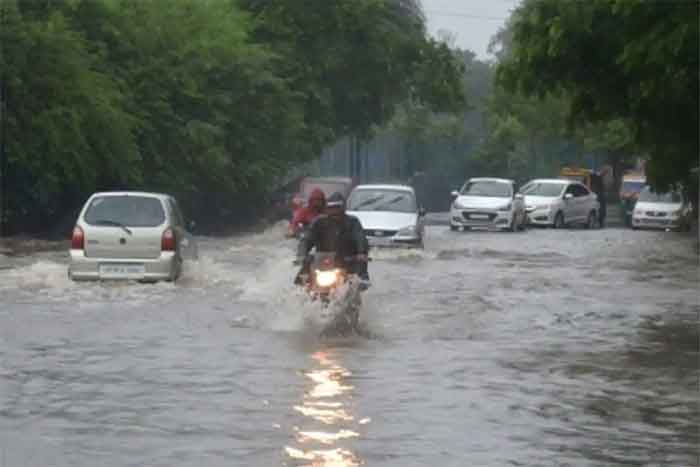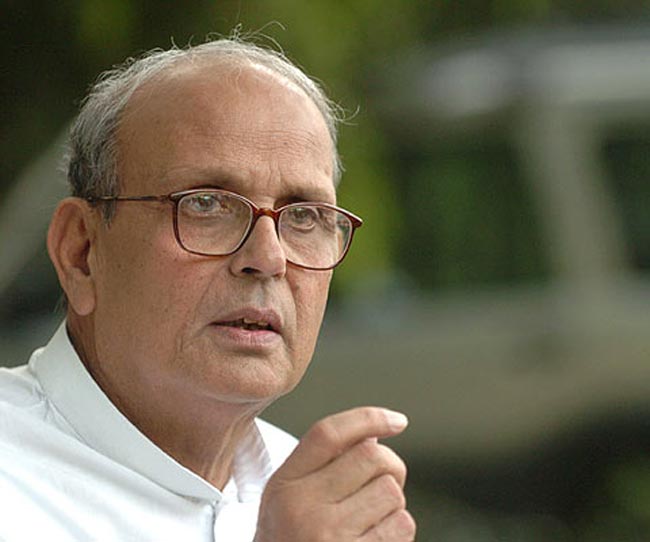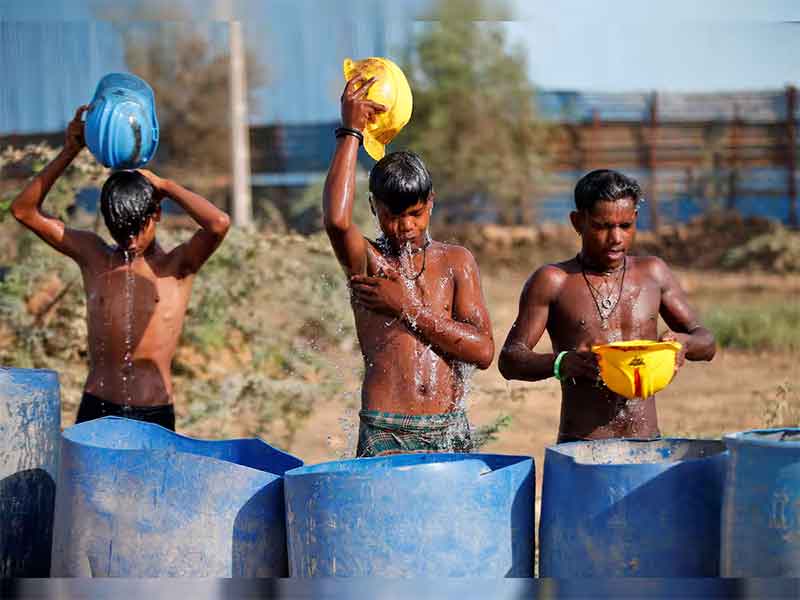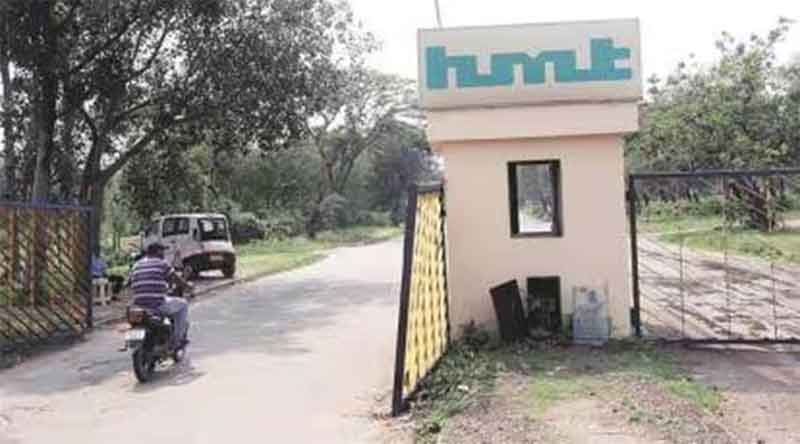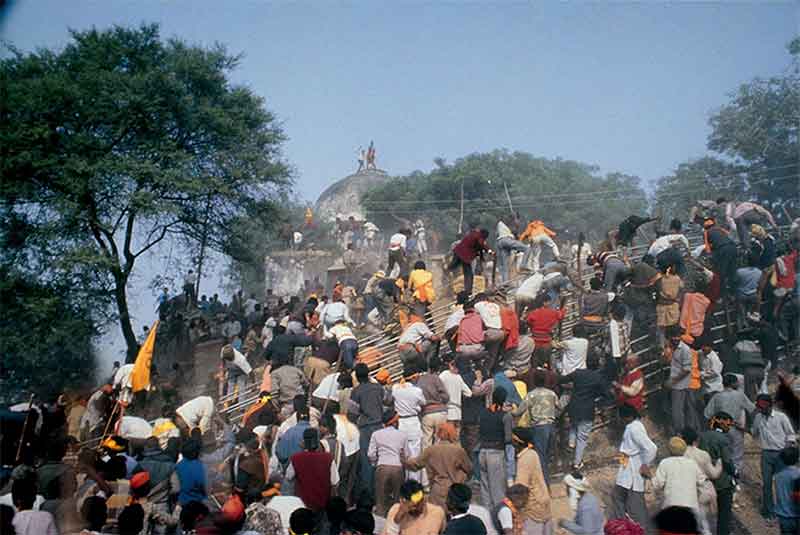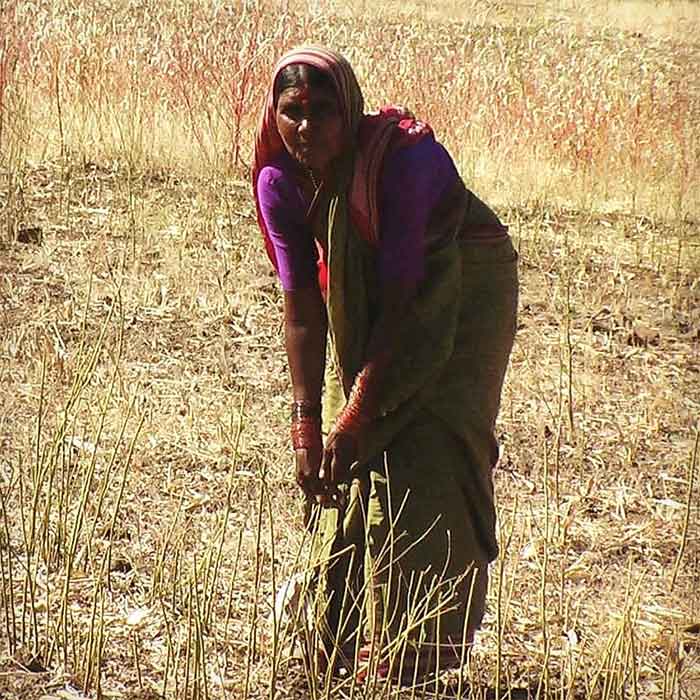
On 15 January this year Dinesh Uike (40 years), an agricultural labourer, committed suicide by consuming poison in Dapori Khurd village of Amravati district in Maharashtra. He was in critical condition by the time he was brought to the Amravati District Hospital and died during the treatment itself.
According to his relatives Dinesh took this extreme step due to being out of work and struggling to make ends meet in the face of rising prices. His family consisted of his parents, his wife and two children.
Even though the historic farmers’ movement against the new farm laws passed by the Narendra Modi government has been hugely successful, on the ground in many parts of India, the basic crisis of Indian agriculture continues.
One obvious and very stark reminder of the grim situation are suicides among those involved with farming.. Their already poor condition was worsened by the dire impact of the Covid pandemic on availability of work, prices for farm produce and rising inflation.
According to an interim report released by the National Crime Records Bureau (NCRB), during the period of the Covid pandemic, farmers have been ending their lives due to indebtedness and depression over losses in agricultural operations.
The NCRB report states that an estimated 10,677 people, including 5,579 farmers/cultivators and 5,098 agricultural labourers — died by suicide during 2020. This accounted for seven per cent of the total suicides cases (153,052) in the country last year.
At 2567 Maharashtra saw the most number of farmers dying by suicide last year, with the Marathwada division in the state recording the highest number of suicides. Maharashtra was followed by Karnataka at 1,072, Andhra Pradesh at 564, Telangana at 466, Madhya Pradesh at 235, Chandigarh at 227, Uttar Pradesh at 87, Tamil Nadu at 79, Kerala at 57 farmers dying by suicide. Meghalaya and Mizoram had the least number of farmer suicides.
The NCRB data also shows that the number of suicides among agricultural labourers has increased from 4,324 in 2019 to 5,098 in 2020 — a rise of 18 per cent over the figure in 2019. However, suicides among landowning farmers dropped slightly during the pandemic year.
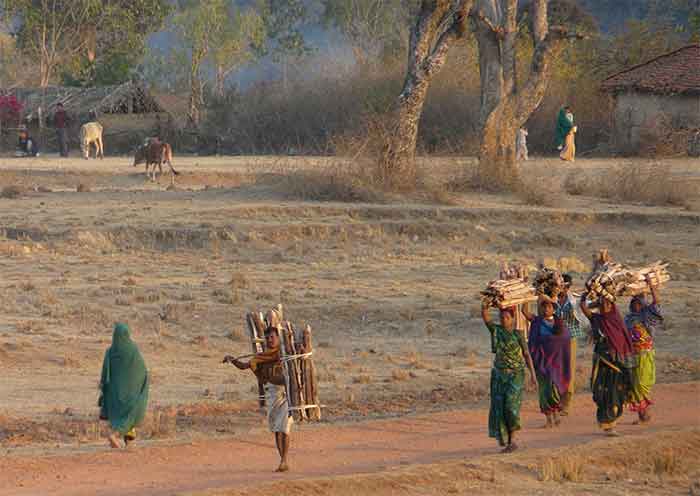
The farm sector was hailed as one of the few ‘bright spots’ in the Indian economy last year, recording growth on the back of a healthy monsoon and the continuation of agricultural activities during a lockdown that crippled other sectors. However, landless agricultural labourers do not seem to have received any benefits from income support schemes such as PM Kisan during the pandemic.
Cultivators too have been in distress rising costs of agricultural inputs and low prices for their commodities due to a breakdown in transport facilities during the Covid lockdowns. Many of them have started falling into the trap of private debt and usury.
In this regard, Pradeep Salve, a farmer of Adgaon in Maharashtra’s Yavatmal district says that this year he had cultivated cotton at a cost of Rs 35-40000 per acre but got a price of only Rs 15-20000 per acre. Most cotton farmers in Maharashtra and other parts of central India have been able to get barely half of their investments.
The breakup of costs of cotton cultivation is generally as follows – 1,000 on farm levelling, 500 on garbage cleaning, 750 on seeds, 500 on planting, 5,000 on manure, 5,000 on weedicides, 5,000 on insecticides, 10,000 on irrigation, Rs.4,000 for cotton pruning, Rs.2,000 for transport and Rs.1,000 for guarding their crops. The maximum cultivation of cotton is done by the farmers during the monsoon or kharif season.
 The Vidarbha region of Maharashtra which has been leading in the production of cotton in the state has also seen losses due to unseasonal rains. This is the second consecutive year when the cotton crop here has been ruined due to bad weather and erratic rains in the shadow of Covid epidemic. As farmer leader Manish Jadhav says t the weather often deceives the farmers and then the cost of farming gets unbearable.
The Vidarbha region of Maharashtra which has been leading in the production of cotton in the state has also seen losses due to unseasonal rains. This is the second consecutive year when the cotton crop here has been ruined due to bad weather and erratic rains in the shadow of Covid epidemic. As farmer leader Manish Jadhav says t the weather often deceives the farmers and then the cost of farming gets unbearable.
According to Nilesh Tayde, a cotton farmer of Amravati district, his work of cotton cultivation starts with levelling the fields and removing waste material on the land to get a good crop. After this, they buy seeds, fertilizers and pesticides and then some do sowing by employing agricultural workers.
Cotton requires irrigation over a certain period of time. Then when the crop is ready, they have to sort the cotton. After months of hard work and spending thousands of rupees, when a small farmer wants to sell his crop urgently to recover his money, very often he does not get a fair price.
Though the government has set up a Cotton Marketing Association which operates some cotton procurement centers to buy cotton from the farmers these are said to be insufficient. At the same time, most of the centers do not have enough staff of employees either. Not surprisingly, this year also too there has been a delay in the process of procurement at the government cotton procurement centers. Therefore, many farmers have sold cotton to traders at the rate of Rs 5,300 to Rs 5,400 per quintal well below expected prices.
91 percent of the agriculture in the Vidarbha region is dependent on the monsoon. However, the crisis on agriculture here is not only due to dependence on monsoon, but also due to wrong policies of the government, rising costs and apathy towards the problem of farmers by the political leadership.
For example, a large number of farmers who have died by suicide are those who did not get any grant from the state or central governments. For example, out of 990 farmers who committed suicide in Vidarbha in the year 2020, 411 were not considered eligible for any financial grants by the state government.
Farmers have little institutional support to obtain loans also. As a result, even now the farmers here are dependent on moneylenders for money, a reality that comes with its own deadly consequences.
Shirish Khare has been associated with rural journalism for a long time and has been continuously reporting on the economic, social and health impacts of rural life during the Corona pandemic.

